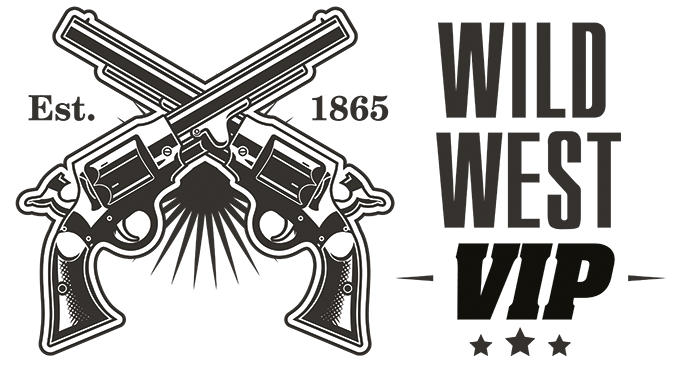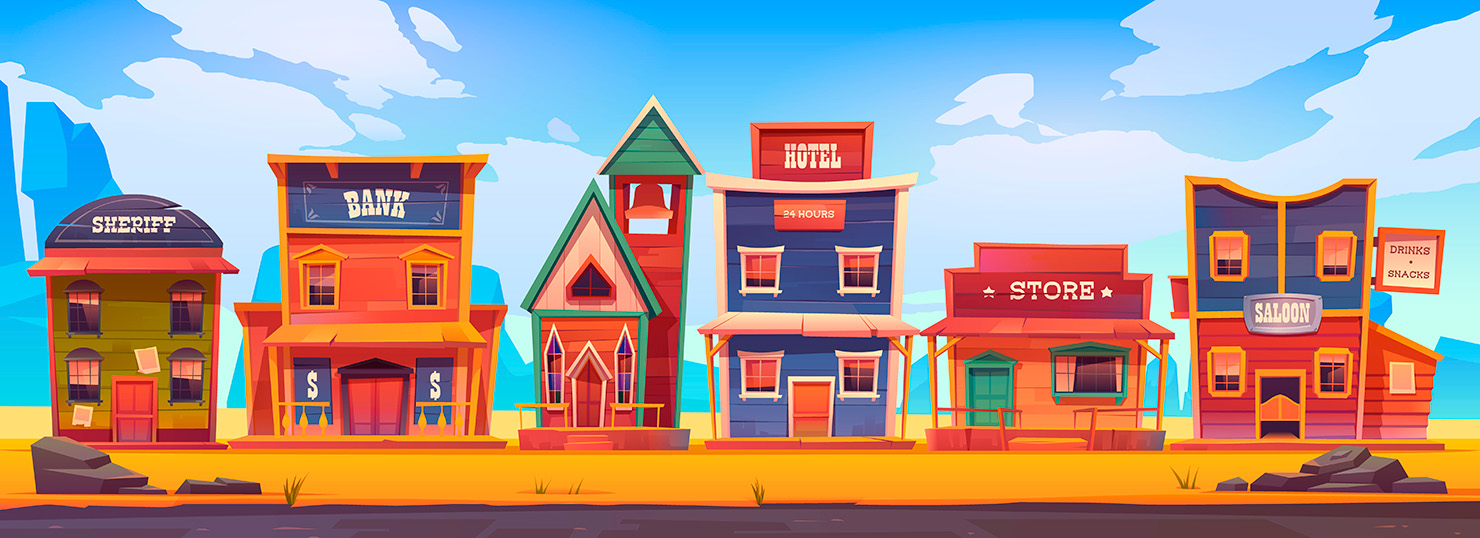Introduction to Wild West Chronicles
The American Wild West, often simply referred to as the “Wild West,” is a period in American history that has captivated imaginations for generations. This era, roughly spanning from the mid-19th to early 20th centuries, is characterized by westward expansion, frontier life, and the archetypical figures that emerged during this time. Cowboys, outlaws, lawmen, and Native Americans all played significant roles in shaping the legends and stories we associate with the Wild West today.
While the era was undoubtedly filled with challenges, hardship, and conflict, it also offered opportunities for heroism, innovation, and the pursuit of the American Dream. From iconic gunfights to the construction of the Transcontinental Railroad, the Wild West is a complex tapestry of stories that offer a glimpse into a transformative period in American history.
The Gold Rush
One of the most significant events that shaped the Wild West was the Gold Rush, particularly the California Gold Rush of 1848. This event led to a mass migration of people, known as ’49ers, flocking to California in search of wealth and prosperity. Towns sprang up overnight, and the influx of gold prospectors, merchants, and others forever changed the demographic and economic landscape of the American West.
However, the Gold Rush was not without its dark sides. Native Americans were often forcibly removed from their lands to make way for gold mines, and many prospectors faced harsh conditions, only to return home empty-handed. The impact of the Gold Rush is a tale of both triumph and tragedy, encapsulating the duality of the Wild West experience.
Law and lawlessness
The notion of law and lawlessness is deeply ingrained in the mythology of the Wild West. Lawmen like Wyatt Earp and Wild Bill Hickok became legendary figures for their roles in upholding the law and participating in some of the era’s most famous gunfights. Towns like Tombstone and Deadwood are often cited as examples of places where law and order were in a perpetual struggle.
Conversely, outlaws like Jesse James and Butch Cassidy became infamous for their daring robberies and exploits. These characters existed on opposite sides of the law but contributed equally to the rich narrative of the Wild West. Their stories have been romanticized in literature, film, and folklore, often blurring the lines between fact and fiction.
Native American perspectives
One cannot discuss the Wild West without acknowledging the Native American communities that were deeply affected by westward expansion. Indigenous peoples faced displacement, violence, and the loss of their traditional ways of life as settlers moved into their territories. Some, like Geronimo and Sitting Bull, became famous for their resistance against American encroachment.
Yet, the mainstream narrative often overlooks the complexity and diversity of Native American experiences during this time. Various tribes had different interactions with settlers, ranging from trade relationships to armed conflicts. The Dawes Act of 1887, aimed at assimilating Native Americans into American society, further complicated the dynamics between indigenous peoples and settlers, marking a significant turning point in Native American history.
Women of the West
Women played crucial roles in the Wild West, although their contributions are sometimes overshadowed by their male counterparts. Women like Calamity Jane and Annie Oakley broke social norms by participating in activities typically reserved for men, such as sharpshooting and scouting. Other women became influential entrepreneurs, teachers, or worked as nurses and caregivers, contributing to community development.
It wasn’t just white women who made their mark. African American women like Mary Fields, also known as “Stagecoach Mary,” and Hispanic women like Doña Tules broke barriers in their respective spheres, demonstrating that the Wild West was a melting pot of cultures, experiences, and stories. These pioneering women add another layer to the rich tapestry of the Wild West.
Significant events
Here’s a list of significant events that played a role in shaping the Wild West:
- The Louisiana Purchase (1803)
- Lewis and Clark Expedition (1804–1806)
- Texas Revolution (1835–1836)
- California Gold Rush (1848–1855)
- Construction of the Transcontinental Railroad (1863–1869)
- Battle of Little Bighorn (1876)
- Gunfight at the O.K. Corral (1881)
- Wounded Knee Massacre (1890)
Legacy and portrayal in media
The Wild West has left an indelible mark on American culture and has been extensively portrayed in various media forms. From classic Western movies like “The Good, The Bad, and The Ugly” to modern video games like “Red Dead Redemption,” the allure of the Wild West remains potent. These portrayals often romanticize the era, emphasizing the adventure and heroism while downplaying the harsh realities and ethical complexities.
Nevertheless, the Wild West continues to fascinate people around the world. It serves as a backdrop for discussions about American identity, individualism, and the complexities of a nation undergoing rapid change. The mythology of the Wild West, even if somewhat embellished, serves as a lens through which we can examine both the challenges and opportunities that came with westward expansion.
Conclusion
The Wild West is a multi-faceted period in American history that has left an enduring legacy. From iconic characters and dramatic events to the underlying themes of adventure, hardship, and discovery, the Wild West offers a wealth of stories that continue to captivate our imaginations. As we delve into this fascinating era, it becomes apparent that the Wild West is not merely a collection of myths and legends but a pivotal chapter in the formation of modern America.
While the era is often romanticized, it’s essential to approach it with a nuanced understanding that considers all the complexities, including the often overlooked perspectives of Native Americans, women, and various other communities. The Wild West is a vivid testament to the human capacity for courage, innovation, and resilience, even in the face of overwhelming challenges.

